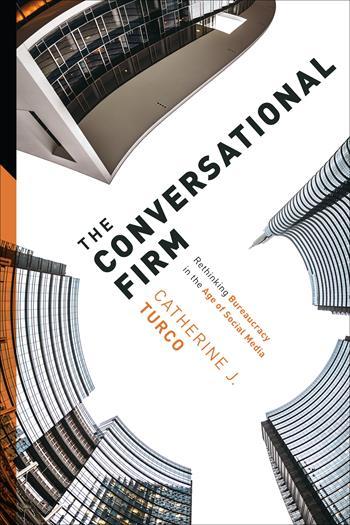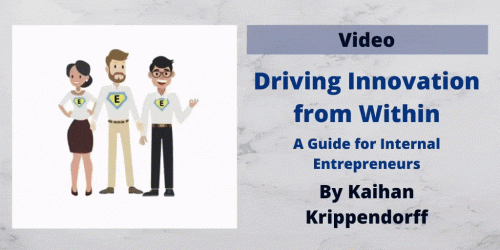A Look Inside a “Conversational Firm”
“Most interesting to me was the fact that this company, which was so vocal about rejecting conventional bureaucracy, ended up adopting some bureaucratic practices over time—but this happened precisely because employees used their voices to speak up and say when certain conventional practices that had been rejected would not be useful. It struck me that a whole new model was emerging, one in which cross-hierarchical conversation was a central mechanism for confronting business challenges.” – Catherine Turco
This week, our featured book is The Conversational Firm: Rethinking Bureaucracy in the Age of Social Media, by Catherine J. Turco. Today, for the final post of the week, we are happy to provide a short excerpt from an interview with Turco conducted by Kara Baskin for MIT Sloan School’s Newsroom. You can read the interview in its entirety here.
What new approach to communication did you find inside TechCo?
What most excited me was the realization that there is a new organizational model that companies can shoot for today. I believe this model has become possible—and perhaps even necessary—on account of the communication technologies now available and the habits and expectations that today’s employees bring into the workplace. I call the model the “conversational firm,” and it’s the idea that organizations can have far more open dialogue across the corporate hierarchy than we ever before thought possible.
The key insight underlying this idea is that hierarchy can be deconstructed in ways we haven’t previously seen or thought about. In the past, it was generally assumed that a firm’s formal communication and decision-making structures were tightly linked. Just think about how an organizational chart is taken to be a visual mapping of the formal lines of communication and decision-making authority.
However, I found something quite different when I looked carefully inside TechCo. There, I saw a firm that was leveraging a wide range of social media tools and platforms and that was responding to its millennial workforce’s expectations for voice by opening up the company’s communication environment quite dramatically. And yet it was doing so without destabilizing or disrupting a conventional decision-making hierarchy.
Read the interview in its entirety here.




